ELSE WHERE
a journey into our age of islands
alastair bonnett
The University of Chicago Press
The University of Chicago Press, Chicago 60637
2020 by Alastair Bonnett
All rights reserved. No part of this book may be used or reproduced in any manner whatsoever without written permission, except in the case of brief quotations in critical articles and reviews. For more information, contact the University of Chicago Press, 1427 E. 60th St., Chicago, IL 60637.
Published 2020
Printed in the United States
29 28 27 26 25 24 23 22 21 20 1 2 3 4 5
ISBN-13: 978-0-226-67035-5 (cloth)
ISBN-13: 978-0-226-67049-2 (e-book)
DOI: https://doi.org/10.7208/chicago/9780226670492.001.0001
First published as The Age of Islands: In Search of New and Disappearing Islands in the United Kingdom by Atlantic Books, 2020.
Library of Congress Cataloging-in-Publication Data
Names: Bonnett, Alastair, 1964 author.
Title: Elsewhere : a journey into our age of islands / Alastair Bonnett.
Description: Chicago : The University of Chicago Press, 2020. | Includes bibliographical references and index.
Identifiers: LCCN 2020013170 | ISBN 9780226670355 (cloth) | ISBN 9780226670492 (ebook)
Subjects: LCSH: Islands. | Artificial islands.
Classification: LCC GB471 .B66 2020 | DDC 909/.0942dc23
LC record available at https://lccn.loc.gov/2020013170
 This paper meets the requirements of ANSI/NISO Z39.48-1992 (Permanence of Paper).
This paper meets the requirements of ANSI/NISO Z39.48-1992 (Permanence of Paper).
CONTENTS
Introduction
THIS IS THE age of islands. New islands are being built in numbers and on a scale never seen before. Islands are also disappearing: inundated by rising seas and dissolving into archipelagos. What is happening to islands is one of the great dramas of our time and it is happening everywhere: islands are sprouting or being submerged from the South Pacific to the North Atlantic. It is a strange rhythm, mesmerizing and frightening, natural and unnatural. It is imprinting itself on our hopes and anxieties: the rise and fall of islands is an intimate and felt thing as well as a planetary spectacle. I want to navigate this new territory and try to grasp what it tells us about our relationship our vexed love affair with islands.
This is the story of that adventure. It wont be plain sailing. I know that for certain now because Im writing this in Nukualofa, the slow-moving, weather-battered capital of the Kingdom of Tonga, and Im feeling just as tired as any of the sad-eyed dogs that hunker on the hot and empty road outside. This morning the wind blew unexpectedly hard, and 15 kilometres from shore the hull of the unexpectedly small motor launch on which many weeks before and many thousands of kilometres away Id booked a passage to a newly emerged and as-yet-unnamed volcanic island began to fall in sickeningly slow blows, hammering every valley between every green wave. We must turn back, hollered the captain, the faded tattoos of whales and dolphins writhing with the spray along his bare arms and chest.
So, yet again, Im holed up, WhatsApping friends and family: Didnt make it to my island. Ive come 17,700 kilometres for nothing. A cyclone is hitting this patch of the Pacific tomorrow and I guess I will never reach that impossible fleck on the horizon.
My island. What a strange conceit. Islands get under your skin like that: splinters of longing, or escaped territories, they lodge themselves deep. As the gathering storm spits down its first heavy drops, I treat myself to another splash of whisky and trawl my memory, not for the first time, for what set this long and often lonely journey in motion. I remember my seventeen-year-old daughter standing in the kitchen, toast-in-hand, wise, steady and unimpressed. Youre fundamentally dumb, she warned me with icy authority, adding: All youre doing is globalizing your male menopause. But then she smiled gloriously: I want to come! Others were less generous, narrowing their eyes in the presence of some unfortunate but undefined species of post-colonial self-indulgence.
Yet chasing these scattered and unmapped points of change feels urgent to me. I keep waking suddenly in the small hours, obsessed with some wayward, unanchored detail, only calmed when I have scribbled out a map or illegible note. I guess I need to cool down and tell this story slowly, to work out why the rise and fall of islands matters.
There is no place better to start than the South China Sea. To the north and west the coastlines of China and Vietnam bulge into its warm waters; to the south and east lie Malaysia and the Philippines. This is one of the worlds great trade routes said to be worth $5.3 trillion a year and it is one of the cockpits of contemporary geopolitics. The Spratly Islands, the once-pristine and untouched reefs and tiny islands that sprinkle this sea, have been horribly mutilated: squared off and concreted over; a dozen or so have been crammed with military firepower and turned into audacious forward placements in a new cold war. China is bolting together the majority of these Frankenstein islands and it is winning control of the entire sea.
Satellite and aerial images show how the reefs are latched on to by long black snake-like pipes that curve through the water. They wend back to boats that are grinding up the sea floor sand, coral, crustaceans, everything into building material. This marine paste is squirted onto the island. Later come the concrete mixers, the airstrips, naval harbours and the missile silos. One of the latest victims is Johnson South Reef. It has been snared by an inseminating predator. In its early stages it is bulked up. Later it will be squared off a hostile alien in a beautiful blue sea.
The tragedy of the Spratlys has been spread across headlines in East Asia for some years. In the coming decades much bigger and more peaceful Chinese islands will grab the worlds attention. Spectacular new leisure and entertainment islands are emerging just minutes from the shore of a number of coastal cities. Like the artfully shaped new islands sculptured in the Gulf States, these are sites of turbo-charged consumerism. However, since they are made by gouging out the seabed and planting rows of offshore and improbably shaped, air-conditioned hotels, these apparently carefree shopping and holiday destinations can be just as environmentally damaging as their military cousins.
Our power to reshape the planet is stark on new islands. Each of them shouts: Look what we can do! But the age of islands has another face. New islands are rising up as old ones are going under. Today the spectre of disappearance stalks low-lying nations. Thousands of the worlds islands are only centimetres higher than the surrounding sea and most are shrinking year by year, month by month. The roll-call of the vanished is already a long one. The rate at which dredgers and engineers can fabricate new islands is increasing but so is the speed at which natural islands are being swallowed up.
En route to the capital of the Solomon Islands for yet another conference on climate change, the then UN Secretary General Ban Ki-moon peered out of his aeroplane window and saw what may, at first glance, have appeared to be a couple of undersea reefs and, in the background, some small islands. In fact, it was the remnants of one large island that had been almost completely swallowed up, with only the highest ridges left. About a dozen islands in this part of the Solomons have gone the same way. Islands today feel fugitive and uncertain: an atmosphere of doubt surrounds them. Their stories hold a mirror up to our alarming era.



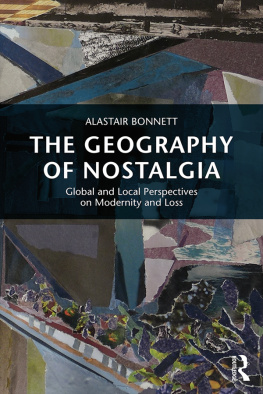

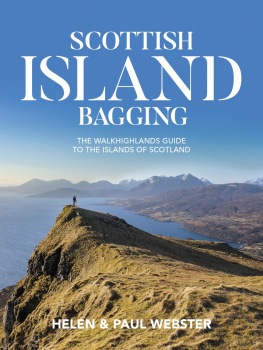

![Greek islands [2018]](/uploads/posts/book/209249/thumbs/greek-islands-2018.jpg)

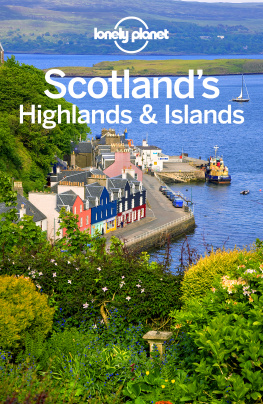
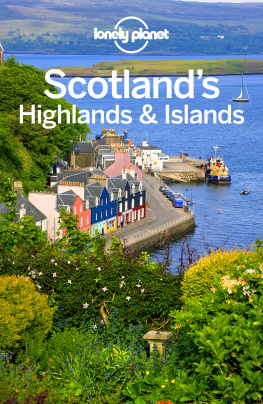
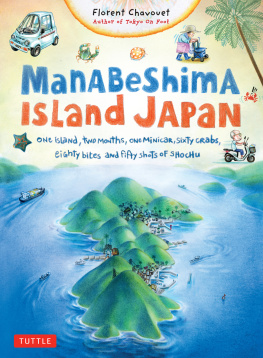
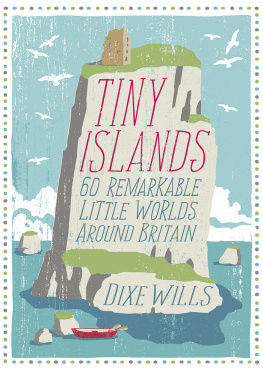

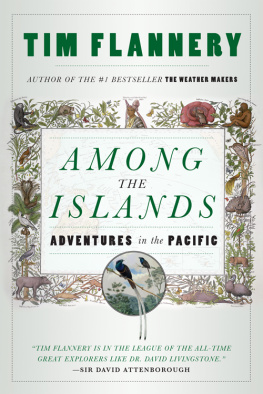

 This paper meets the requirements of ANSI/NISO Z39.48-1992 (Permanence of Paper).
This paper meets the requirements of ANSI/NISO Z39.48-1992 (Permanence of Paper).